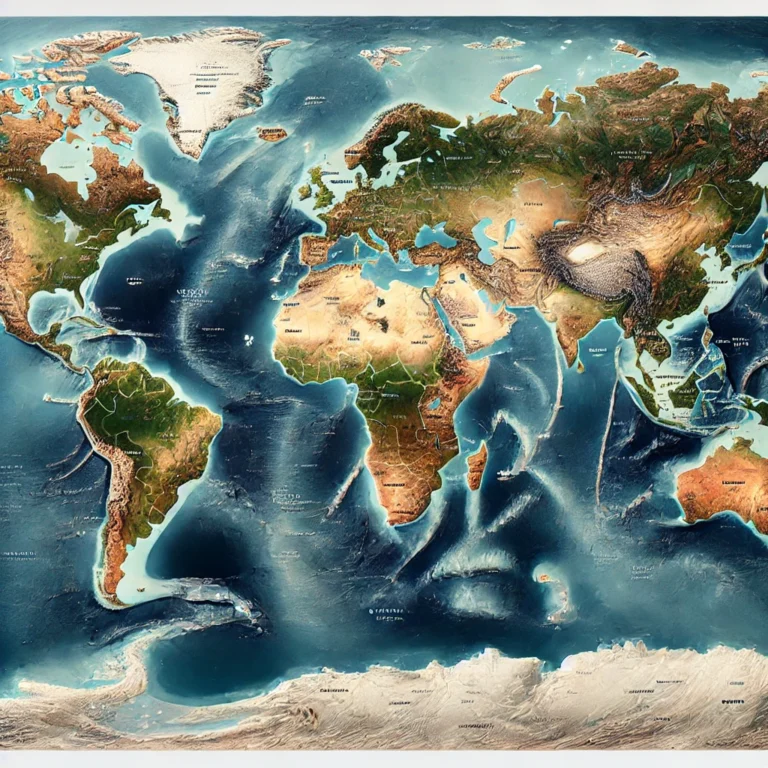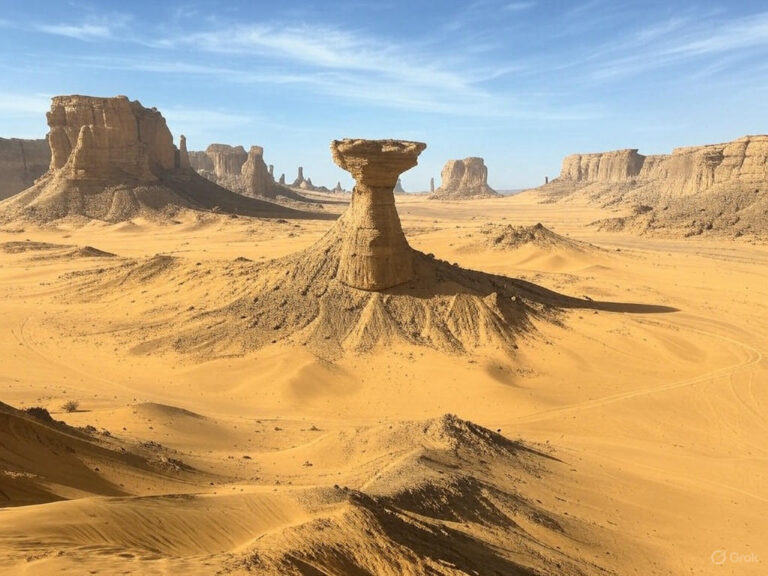Karst Cycle of Erosion
Let’s again Imagine a landscape where rivers vanish into the ground, only to reappear miles away. This is the Karst terrain, shaped by the dissolving power of water over limestone. The Karst Cycle of Erosion, first discussed by JW Beede (1911) and Jovan Cvijic (1918), was later refined by W.M. Davis, who saw it as a variation of the normal fluvial cycle, but with unique underground drainage processes.
The cycle unfolds in three stages: Youth, Maturity, and Old Age, each marked by the transformation of surface and underground features.
Youth Stage
At the beginning, surface drainage dominates in regions where thick limestone beds exist in folded or faulted structures. But soon, the landscape begins to transform:
- Rainwater, rich in carbon dioxide, dissolves limestone along its cracks and joints, creating sinkholes and swallow holes.
- Over time, these holes increase in number and size, forming depressions called dolines.
- The surface becomes rugged and uneven, with the development of lapies (corrugated ridges and grooves).
- As the sinkholes enlarge, surface streams start disappearing underground, flowing through blind valleys into subterranean channels.
- Caves and caverns begin forming underground due to continuous dissolution and erosion.
- This stage ends when surface drainage completely disappears, marking the shift to an underground system.
Mature Stage
At this stage, the transformation is almost complete:
- Surface water is now completely underground, creating a dry, waterless terrain above.
- Streams that once flowed on the surface now sink through dolines and blind valleys, forming sinking creeks.
- The underground drainage system expands, leading to the formation of larger caves, galleries, and interconnected passages.
- The ceilings of caves begin to thin, eventually collapsing in some areas, giving rise to large depressions such as Uvalas, Poljes, and Karst Windows.
Old Stage
With time, the landscape nears its final form:
- Cave roofs collapse entirely, leaving behind broad, open depressions.
- Uvalas merge, and the surface between them narrows down, forming isolated limestone hills known as Hums.
- The terrain flattens, resembling a peneplain (a nearly level landform), marking the final stage of the Karst erosion cycle.
Conclusion
The Karst Cycle of Erosion is a journey from surface rivers to a world of underground caves, only to return to a near-levelled land. This cycle explains how limestone regions evolve over thousands of years, showcasing nature’s ability to sculpt landscapes through the power of water and time.






